A University of Queensland researcher has developed a new mathematical model to explain the evolution of the universe which, for the first time, includes collapsing regions of matter and expanding voids.
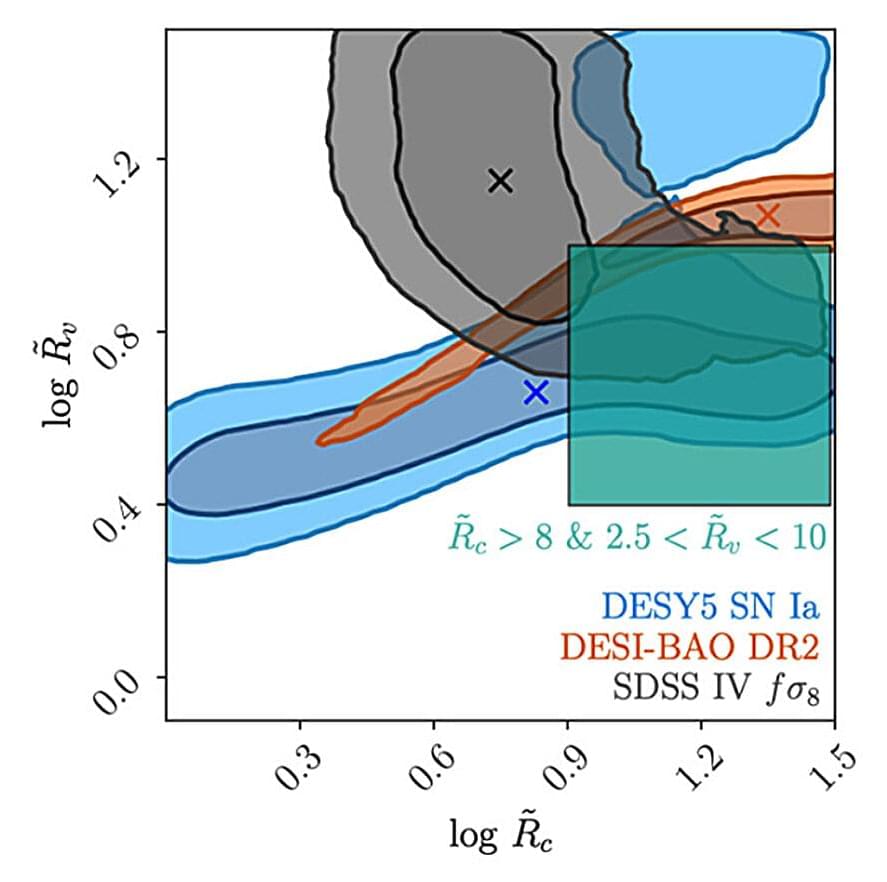

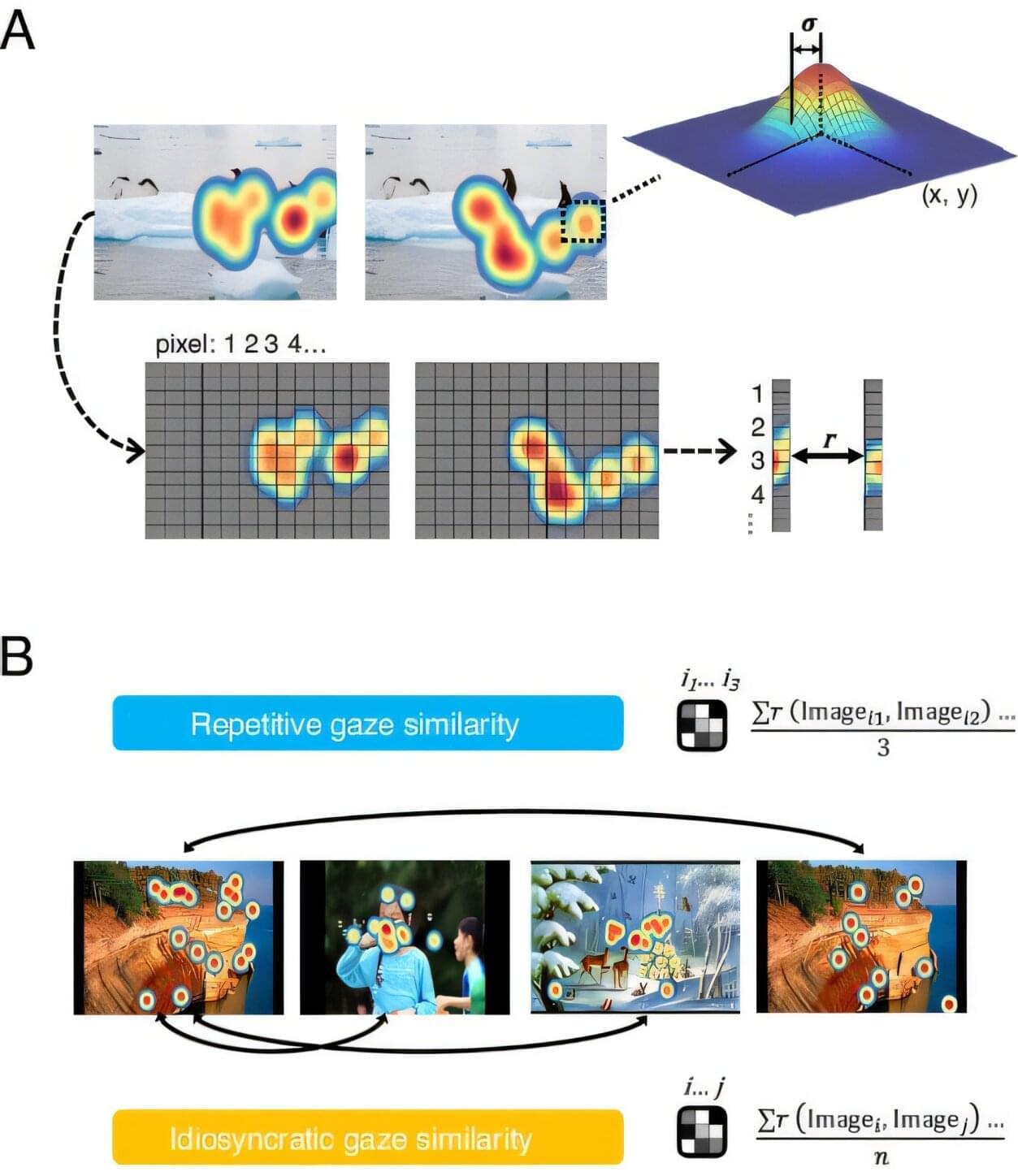
A multi-institution team across Canada and the West Indies reports that gaze patterns can serve as a sensitive marker of cognitive decline, with associated reductions in explorative, adaptive, and differentiated visual sampling of the environment.
Eye movements are closely linked to encoding and retrieval processes, with changes in viewing behavior often reflecting age and pathology-related memory declines. Previous work has noted that groups differing in memory status diverge across multiple gaze features, suggesting that univariate gaze metrics may not fully capture the complexity of memory-related viewing behaviors.
In the study, “Decoding memory function through naturalistic gaze patterns,” published in PNAS, researchers investigated changes in naturalistic viewing behavior across five participant groups to explore possible gaze-based indicators of memory function.
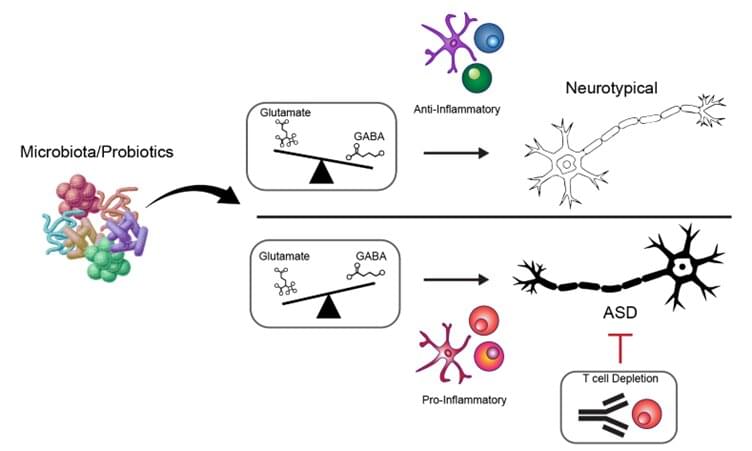
Autism spectrum disorder (ASD) affects an estimated 1 in 31 children in the United States by 2025, and prevalence in East Asian countries, such as South Korea, Singapore, and Japan, may be even higher than those in the United States. Despite its increasing prevalence, the underlying causes of ASD remain poorly understood, and there are currently no curative, preventive, or treatment options available.
A research team from POSTECH and ImmunoBiome in Korea, led by Professor Sin-Hyeog Im, who also serves as the CEO of ImmunoBiome, has made a discovery that reveals a multi-faceted mechanism behind ASD. This study, published in the July issue of Nature Communications, in collaboration with Dr. John C. Park and Prof. Tae-Kyung Kim, demonstrates that the gut microbiota and host immune system together can influence the progression of ASD in a genetic mouse model.
ASD has long been regarded as a genetically driven disorder. However, growing evidence suggests that environmental and microbial factors also play a role. The human gut harbors more than ten times as many microbial cells as human cells, and these microbes play vital roles in metabolism and the development of the immune system.
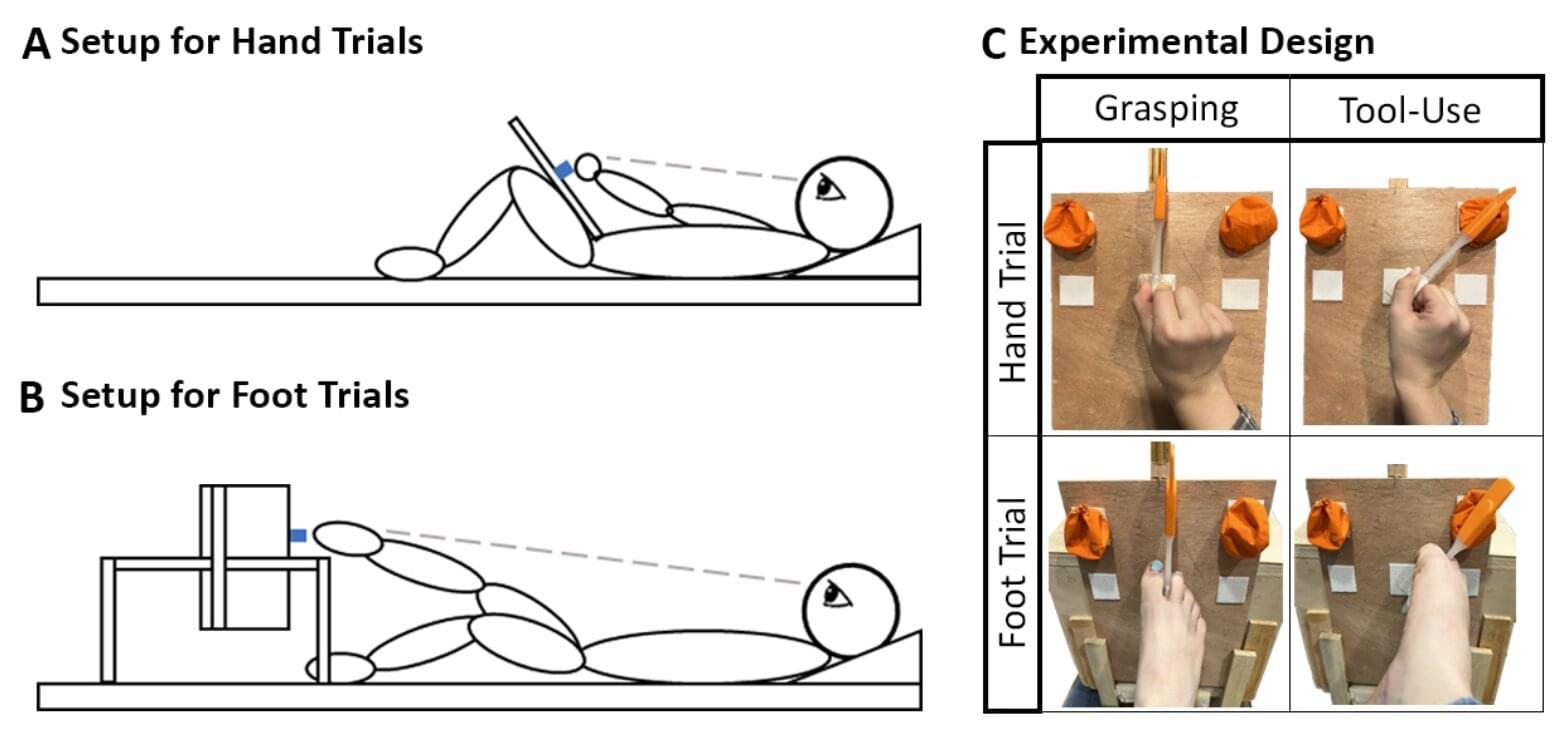
Conventional wisdom among neuroscientists suggests that the brain’s motor functions are organized around the body, meaning certain brain areas control the hand; others the foot. An emerging alternative theory is that parts of the brain may be organized by the types of action, like reaching or using tools, no matter which body part is used to complete the task.
Researchers at Georgetown University recently set out to understand these theories, because knowing how the brain is organized around function versus body part has profound implications for rehabilitation and a person’s return to function following a brain injury.
The findings are published in the Proceedings of the National Academy of Sciences. The work is titled “Action-type mapping principles extend beyond evolutionarily-conserved actions, even in people born without hands.”

A new study finds that a high-salt diet triggers brain inflammation that drives up blood pressure. The research, led by McGill University scientist Masha Prager-Khoutorsky in collaboration with an interdisciplinary team at McGill and the Research Institute of the McGill University Health Center, suggests the brain may be a missing link in certain forms of high blood pressure—or hypertension—traditionally attributed to the kidneys.
“This is new evidence that high blood pressure can originate in the brain, opening the door for developing treatments that act on the brain,” said Prager-Khoutorsky, associate professor in McGill’s Department of Physiology.
Hypertension affects two-thirds of people over 60 and contributes to 10 million deaths worldwide each year. Often symptomless, the condition increases the risk of heart disease, stroke and other serious health problems.
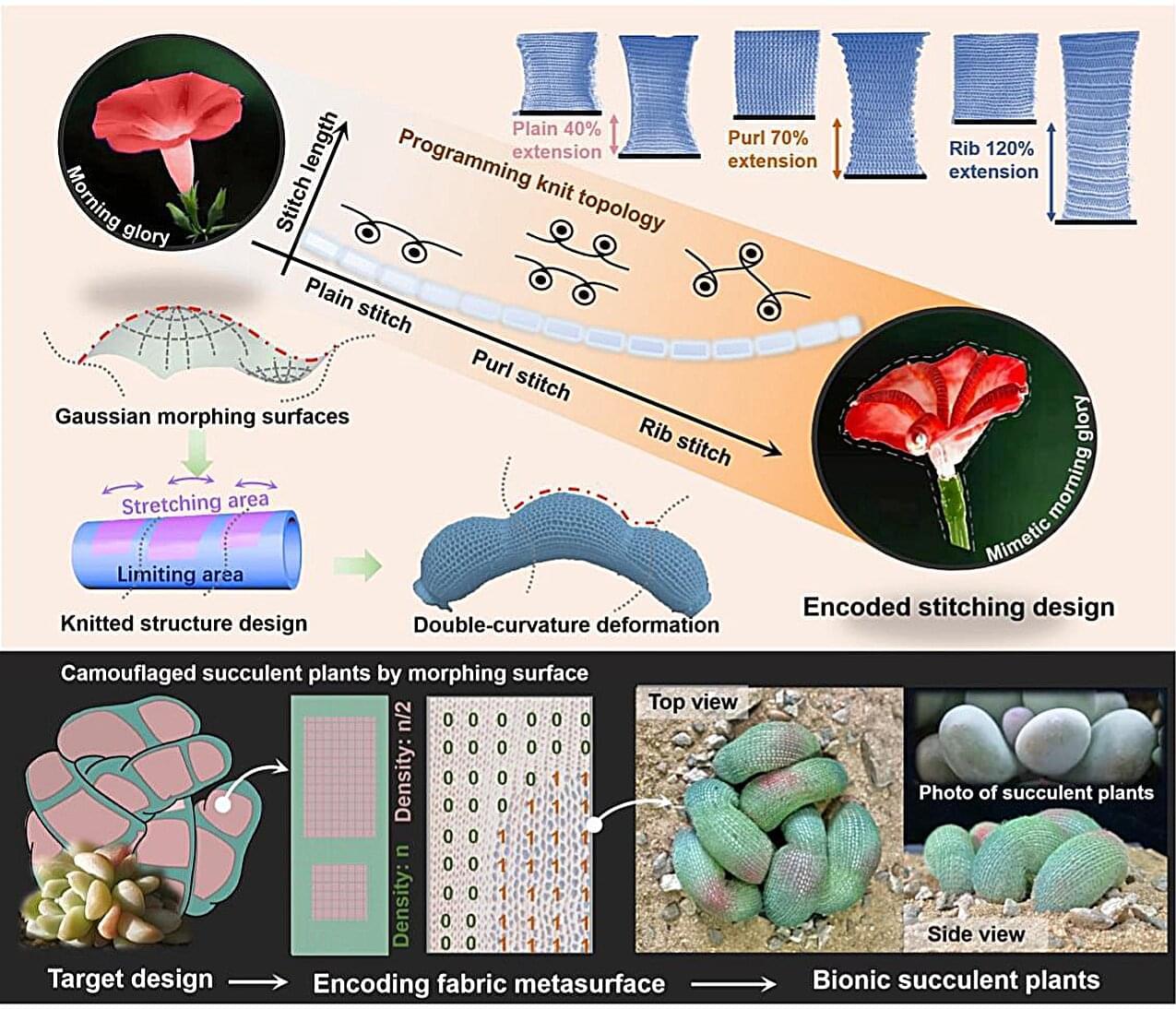
Nature, particularly humans and other animals, has always been among the primary sources of inspiration for roboticists. In fact, most existing robots physically resemble specific animals and/or are engineered to tackle tasks by emulating the actions, movements and behaviors of specific species.
One innate ability of some animals that has so far been seldom replicated in robots is shape morphing and camouflaging. Some living organisms, including some insects, octopuses and chameleons, are known to reversibly change their appearance, form and shape in response to their surroundings, whether to hide from predators, move objects or simply while moving in specific environments.
Researchers at Jiangnan University, Technical University of Dresden, Laurentian University and the Shanghai International Fashion Education Center recently designed new flexible and programmable textile metasurfaces that could be used to develop robots exhibiting similar morphing and camouflaging capabilities. These materials, introduced in a paper published in Advanced Fiber Materials, essentially consist of knitted structures that can be carefully engineered by adapting the geometric arrangement of their underlying interlaced yarn loops.

Imagine a whirlpool spinning in a river, or a tornado swirling through the sky. They don’t just spin on the spot: they travel forward while maintaining that spiraling motion inside them. These twisting motions, called vortices, are powerful and organized spirals. Now, imagine light that behaves the same way: a beam of light that spins as it moves forward. This “twisted” light, known as an optical vortex, can carry more information than normal light, opening the door to faster internet and ultra-secure communications.
Using NASA’s James Webb Space Telescope, a team led by the Southwest Research Institute (SwRI) has identified a previously unknown moon orbiting Uranus, expanding the planet’s known satellite family to 29. The detection was made during a Webb observation on Feb. 2, 2025.
“This object was spotted in a series of ten 40-minute long-exposure images captured by the Near-Infrared Camera (NIRCam),” said Maryame El Moutamid, a lead scientist in SwRI’s Solar System Science and Exploration Division based in Boulder, Colorado. “It’s a small moon but a significant discovery, which is something that even NASA’s Voyager 2 spacecraft didn’t see during its flyby nearly 40 years ago.”
The newly discovered moon is estimated to be just six miles (10 kilometers) in diameter, assuming it has a similar reflectivity (albedo) to Uranus’s other small satellites. That tiny size likely rendered it invisible to Voyager 2 and other telescopes.

A new study published in JMIR Serious Games reveals that playing the open-world video game The Legend of Zelda: Breath of the Wild and watching Studio Ghibli films can significantly improve young people’s overall happiness and sense of purpose in life.
Led by researchers from Imperial College London, Kyushu Sangyo University, and Georgia State University, the exploratory randomized controlled study, titled “Effects of The Legend of Zelda: Breath of the Wild and Studio Ghibli Films on Young People’s Sense of Exploration, Calm, Mastery and Skill, Purpose and Meaning, and Overall Happiness in Life: Exploratory Randomized Controlled Study,” involved 518 postgraduate students.
Participants were randomly assigned to either play Zelda or not and to either watch nostalgic Studio Ghibli films like My Neighbor Totoro or Kiki’s Delivery Service or not. Researchers then measured feelings of exploration, calm, skill mastery, purpose, and life happiness.
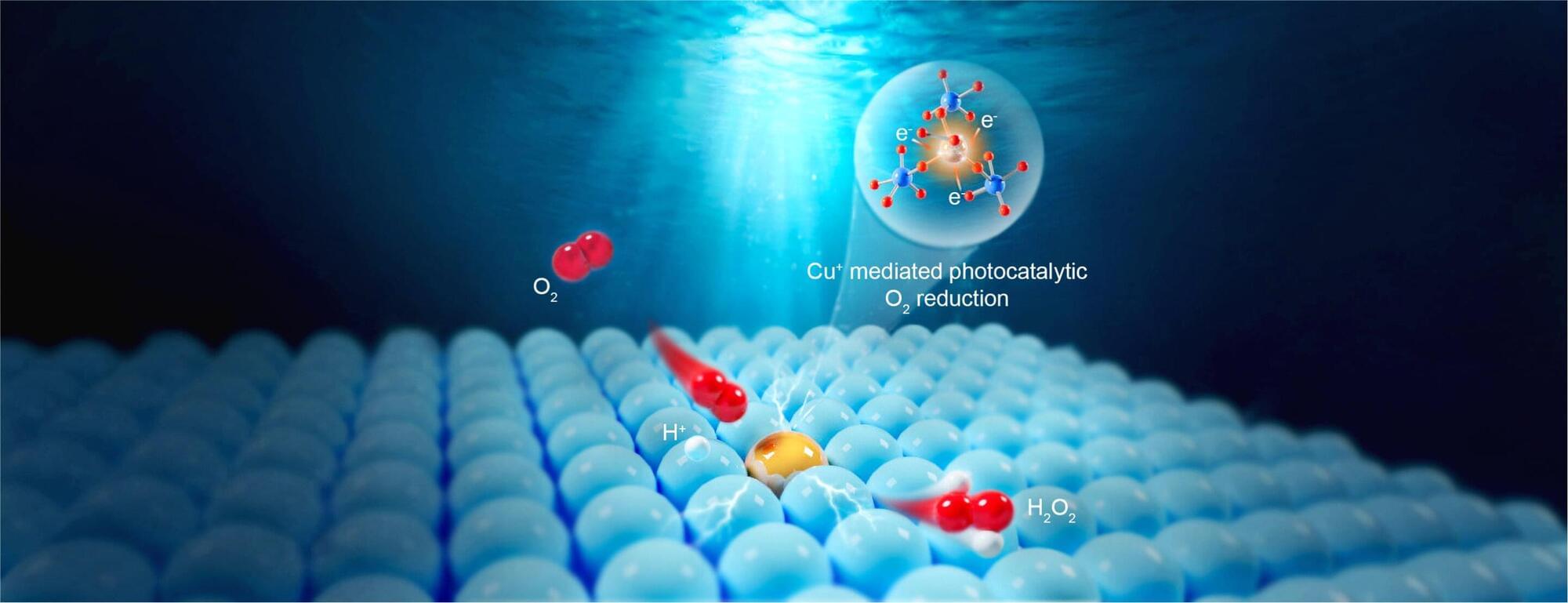
Hydrogen peroxide (H2O2) packs so much chemical energy into a small space that it is powerful enough to fuel rockets. But this same ability to concentrate energy also makes hydrogen peroxide useful for more earthly energy applications, such as powering fuel cells. It also holds promise as a green and sustainable energy source: when hydrogen peroxide releases its stored energy, the main byproduct is simply water.